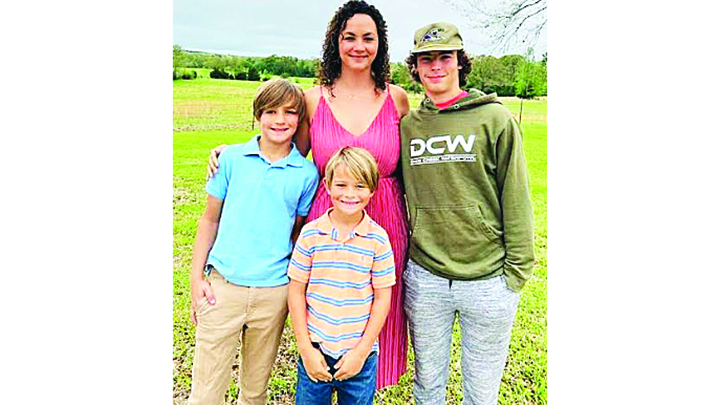Meth lab explosion drill tests haz-mat readiness
Published 5:00 am Thursday, April 12, 2007
Emergency response personnel utilized a specialized team of lawenforcement officers and a portable decontamination unit for thefirst time during a disaster drill Wednesday.
The Lincoln County Sheriff’s Department Special Response Team(SRT) has been training for months, but Wednesday was the first daythe team was able to employ their new skills in a hands-onexercise, said Sheriff Steve Rushing. The drill simulated amethamphetamine lab explosion that also evolved into a hostagesituation.
“It gave us an opportunity to work with the fire department andemergency management services and gave us a good idea of how torespond on hazardous materials incidents,” he said.
Trending
Rushing, who became the incident commander for the exercise whenhe arrived on scene, said it also gave him valuable experience incoordinating with other agencies during large-scaleemergencies.
“This is the first time since I’ve been sheriff that we’ve hadthe chance to work with them,” he said. “It’s important we doexercises like this so we know what to expect.”
The Brookhaven Fire Department was also able to set up itsdecontamination unit in a realistic situation for the first timeduring the exercise, said Capt. Marty Beeson.
“Everything went smoothly setting it up. We’ve done thatbefore,” he said. “My only complaint, and it’s small, is that itcould have been done faster. But on a scene like this you don’thurry because that’s how things get messed up.”
Clifford Galey, the Mississippi Emergency Management Agency’sLincoln County director, said the drill enabled volunteers toreceive much-needed training with the unit as well.
“Brookhaven Fire Department has trained with the decontaminationunit but the volunteers have not, and it went just like clockwork,”he said. “We couldn’t have expected it to go any better for thefirst time.”
Trending
Galey said he was pleased with the overall performance of allagencies involved in the drill. Some weaknesses revealed in otherexercises continue to persist, but are improving.
“It went well. The biggest thing I saw we need to work on iscommunications, but actually it went better than it had before,” hesaid.
Emergency responders quickly established a command net, witheach agency using its normal radio frequencies as a subchannel. Thecommand net was used to pass on information vital to thedistribution of the responding personnel while the subchannels wereused by the individual agencies to carry out the orders passed onthe command channel, Galey said.
“That worked real well and that way the incident commander isnot trying to listen to every channel,” he said.
The scenario opened with an explosion at a supposedly abandonedhouse. A deputy arrived to find two men, played by U.S. ArmyNational Guard recruiters, had built a meth lab in the house and ithad exploded.
The meth lab users called 911 and then realized they would getin trouble for the lab, so they kidnapped students on their way toschool to be hostages. The students were played by 14 BrookhavenAcademy students who volunteered to participate.
Emergency response officials had to save the hostages andisolate the situation, which had become contaminated by thechemicals used in the meth lab.
“It was a very realistic exercise and it was carried off well,”said Joey Ward, a monitor from the Mississippi Department of HealthOffice of Emergency Planning and Response.
Some mistakes were made, Galey said, but none of themsignificantly affected the scenario.
“The only surprise was during the initial response,” Galey said.”The first responding firefighters actually got too close to thescene, and as soon as they realized that they backed out, but atthat time we notified them they were contaminated.”
The firefighters had to stay in the “hot zone,” or contaminatedarea, until they could be decontaminated, he said. However, sincethe situation had to be resolved before the firefighters could dotheir jobs, the delay in decontaminating them did not have aneffect on the overall scenario.
“That’s why we do this – to find our strengths and weaknesses sowe can make corrections,” Galey said.
Also, the scenario called for the suspects to begin firing awayat students when the SRT made its entry. Several students werewounded and had to be decontaminated before they could betransported for treatment at King’s Daughters Medical Center.
“I think it was one of the best drills we’ve had,” said MikeWalker, KDMC safety officer. “Our staff at the hospital was notaware of what had happened or the type of injuries so it was a realgood drill for them.”
Fourteen students, with a variety of wounds ranging fromchemical burns from the explosion to gun shot wounds to abrasions,flooded into the emergency room. The hospital, as well as otheragencies, use the drills to devise and test new policies, Walkersaid.





